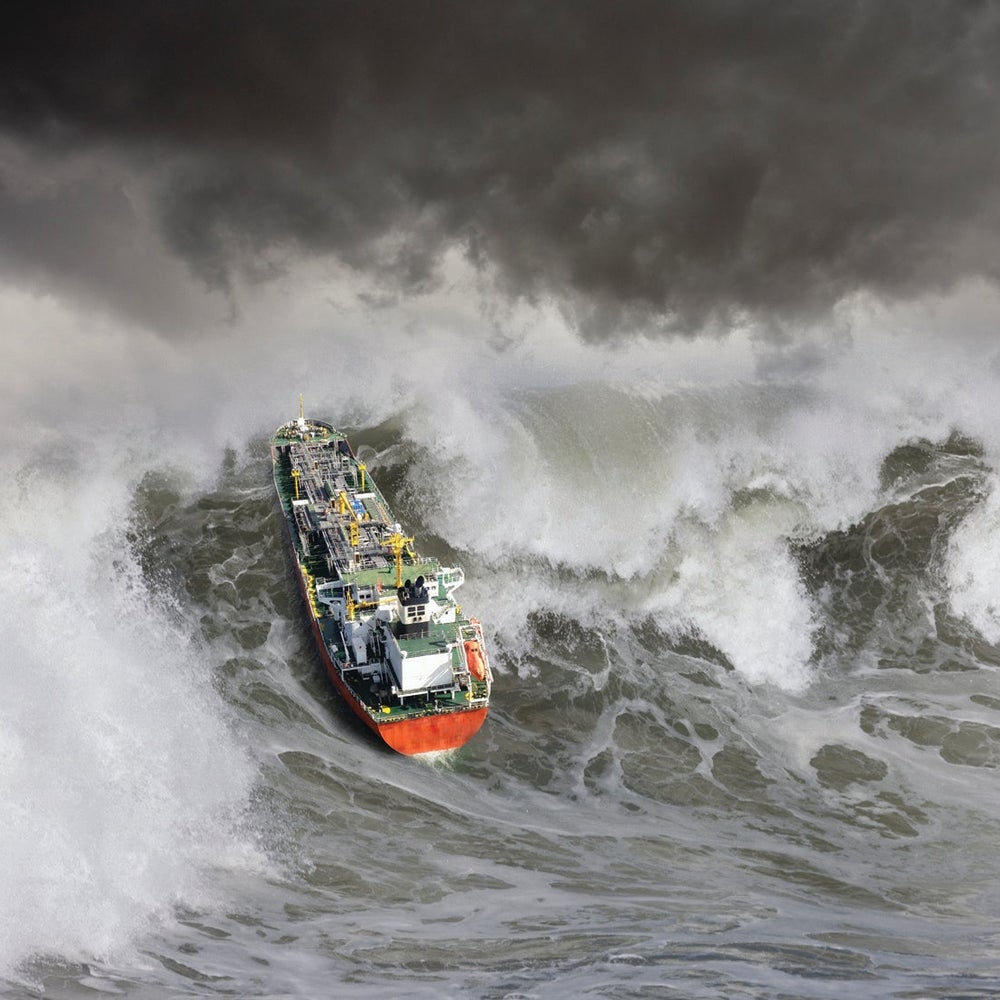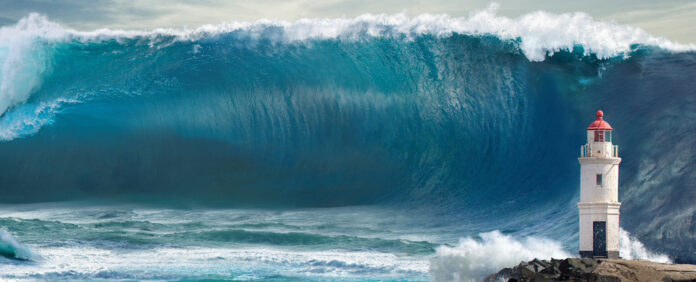How Rogue Waves Really Form
A massive research effort lasting 18 years has answered one of the sea’s long-standing questions—how huge rogue waves, some as tall as 65 feet, actually form. The findings overturn decades of thinking and offer new ways to forecast and prepare for these dangerous events.
Scientists analyzed more than 27,500 wave records gathered between 2003 and 2020 from the Ekofisk oil platform in the North Sea. The results, published in Nature Scientific Reports in 2025, show that these giant waves are not caused by rare, mysterious ocean forces. Instead, they form through a much simpler process: several smaller waves meet at the same point, stacking together to create one massive wave.
Past Theories Proven Wrong

For many years, scientists believed that rogue waves were formed through a process known as modulational instability. This theory came from lab experiments in wave tanks, where energy would gather into a single massive wave in a narrow space. But Francesco Fedele, associate professor at Georgia Tech and leader of the research team, found that this does not happen in the open ocean.
In real seas, waves travel in many directions, and their energy spreads out. This makes the modulational instability effect far weaker. Instead, the team found that two main processes are at work:
-
Linear focusing – when waves of different speeds and directions meet at the same place and time.
-
Second-order bound nonlinearities – when wave crests become steeper and taller while the troughs flatten, making the overall height greater by 15 to 20 percent.
These processes work together to create the rare but dangerous giant waves.
Why This Matters for Safety

The results are not just a scientific breakthrough—they can help save lives. The models created from this study are already being used by organizations like the National Oceanic and Atmospheric Administration (NOAA) and companies like Chevron to predict when and where rogue waves may strike.
Fedele’s team has also shown that rogue waves leave “fingerprints” in the form of wave groups that can reveal how they were formed. When a 55-foot wave hit the Ekofisk platform in November 2023, AI models confirmed it was caused by smaller waves stacking together in a specific pattern.
The research team is now using machine learning to scan decades of wave data for early warning signs. By spotting the right mix of wave height, direction, and timing, forecasters could give advance warnings of extreme waves.
Personal Analysis
From my view, this study does more than just solve a scientific mystery—it changes how we approach maritime safety. In the past, rogue waves were seen as rare freak events, something that could not be predicted or prepared for. Now, with this data-driven understanding, there’s a path to real forecasting.
It also challenges a common problem in science: relying too heavily on lab-based results when real-world conditions are much more complex. In this case, the lab theory worked well in controlled tanks but failed in the open sea. This serves as a reminder that natural forces often operate differently in the wild than in experiments.
If this predictive technology becomes widely used, ships, oil platforms, and coastal areas could be much safer. And with climate patterns shifting, knowing when massive waves might hit could make a major difference in preventing disaster.
Sources: ScienceAlert

